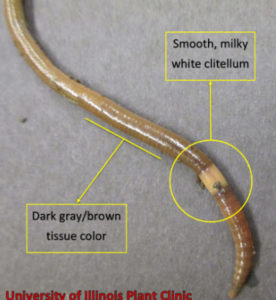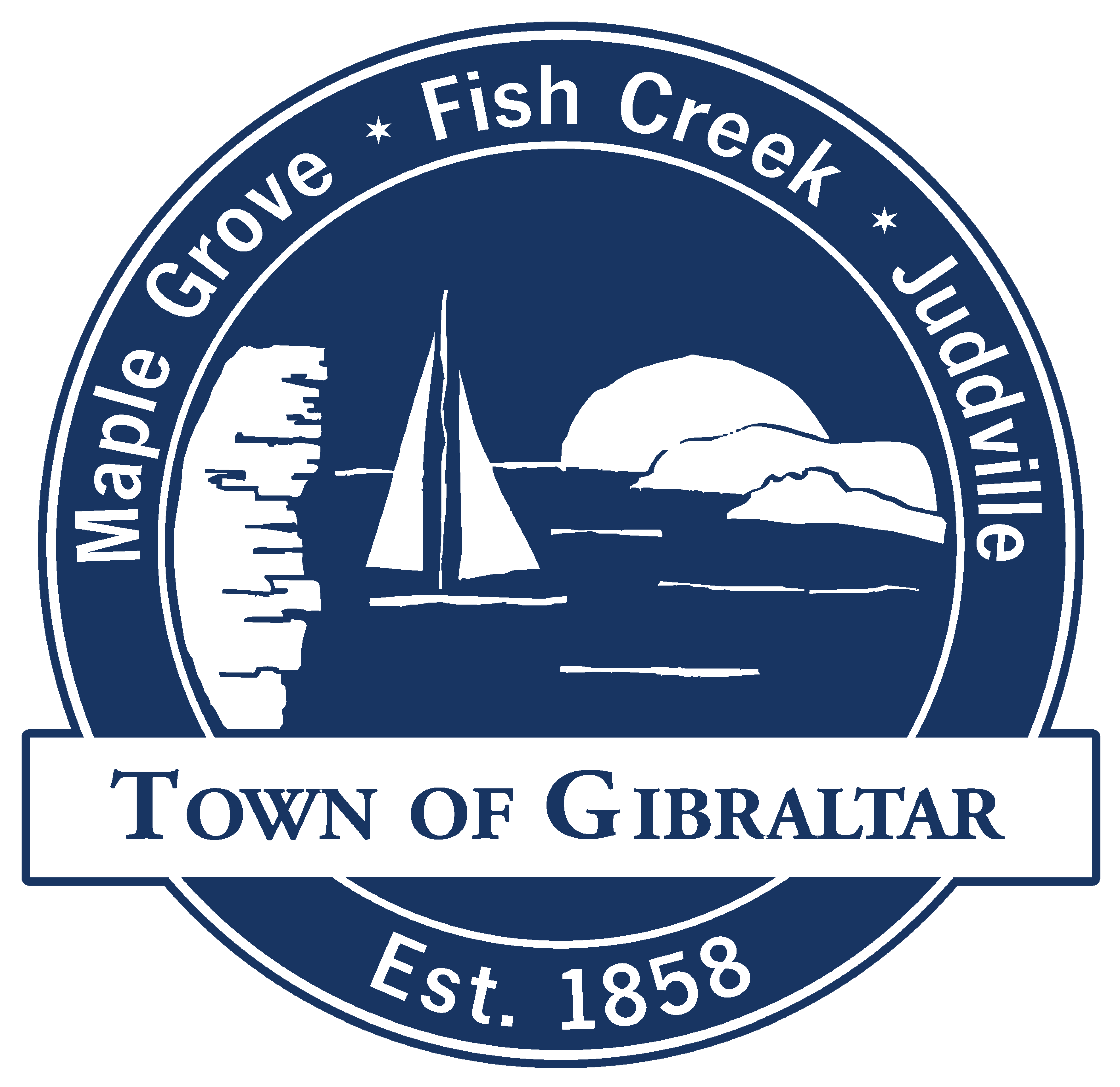What are "Invasive Species"?
Identifying invasive species in and around Gibraltar.
Invasive species are non-native species that has spread into native or minimally managed natural systems and has developed self-sustaining populations by becoming dominant and/or disruptive to native systems. It has no natural pests or predators and causes environmental or economic harm. Do you recognize any of the following?
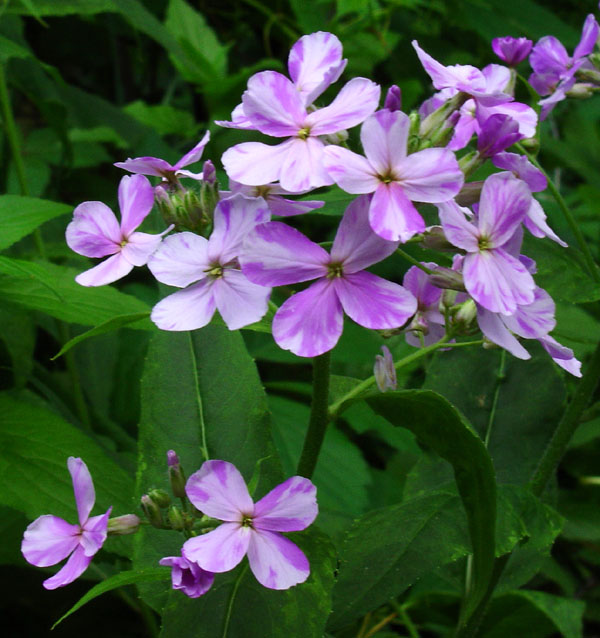
Dames Rocket
Sometimes mistaken for native wood phlox, Dames Rocket invades moist woodlands, woodland edges, roadsides and open areas. It is thought by many to be a native wildflower, but quickly escapes cultivation because of its prolific seed set. To control, pull the plants in early spring. Plants in bloom should be bagged and disposed of in a landfill. If you decide to burn infested areas, do so when the plant is in seedling or rosette stage.
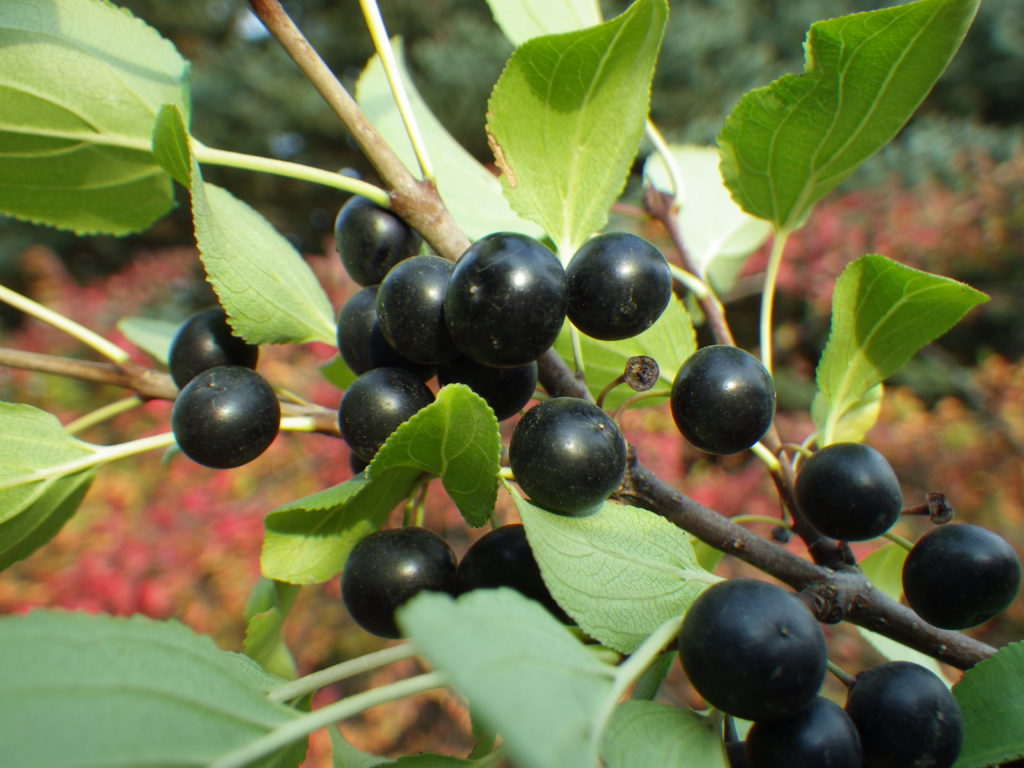
Common Buckthorn
Also known as Carolina buckthorn and European buckthorn, Common Buckthorn invades oak forests, riparian woods, savannas, prairies, old fields, and roadsides. It thrives particularly on well-drained soils and has a broad environmental tolerance. It leafs out very early and retains its leaves late into the growing season, giving them a longer growing season than native plants.
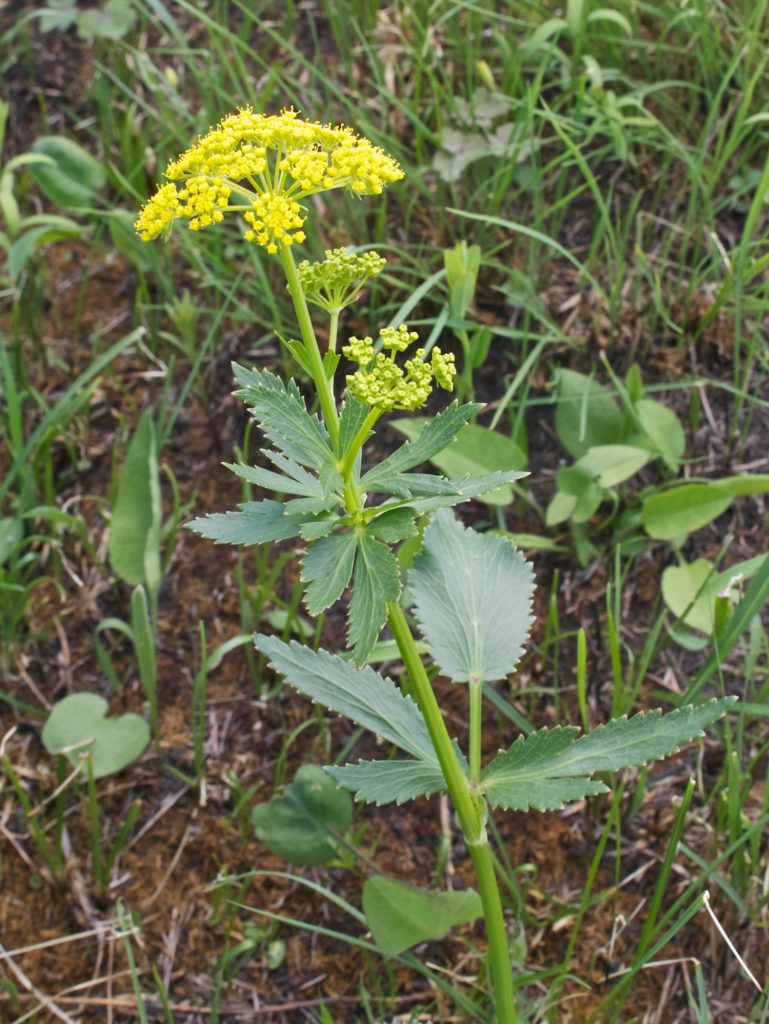
Wild Parsnip
Wild Parsnip invades prairies, oak savannas, and fens as well as roadsides, old fields, and pastures. It has a broad habitat tolerance and can grow in dry, mesic, or wet habitats, but it does not grow in shaded areas. When sap contacts skin in the presence of sunlight, it can cause severe rashes, blisters, and discoloration of the skin (phytophotodermatitis). When removing or handling it, wear gloves, long sleeves, and long pants.
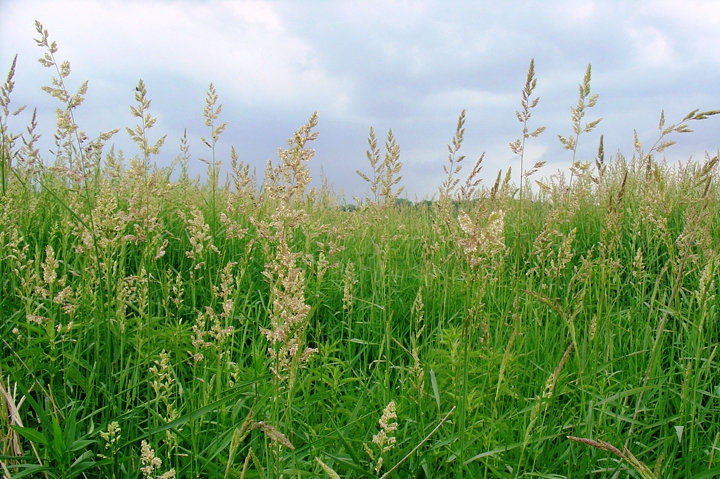
Reed Canary Grass
Common in wetlands throughout the state, reed canary grass is considered one of Wisconsin's worst invasive species. The plant can grow up to six feet tall, is one of the first plants to emerge in the spring, and is one of the last to die back in the fall. Because of the species aggressiveness, it prevents the growth of other, beneficial native wetland plants. This summer, it was identified in Fish Creek Park, as shown in this map.
Do You Recognize This Invader?
Invasive species aren't limited to plants, either. Invasive animals and insects exist, too. Have you seen this "invader" in your garden?
Jumping worms were first found in Wisconsin in the fall of 2013 and, although it isn't certain how they got here, it is known they have a negative impact on the soil. To help people learn how to identify jumping worms and prevent them from spreading to new areas, the Wisconsin Department of Natural Resources published this brochure.
